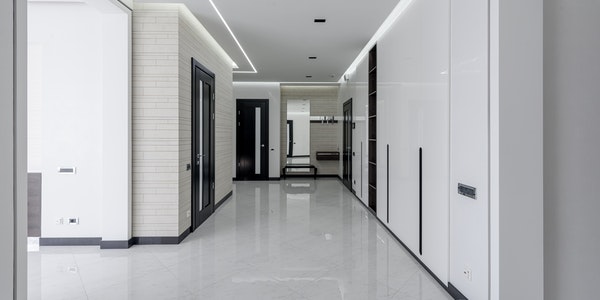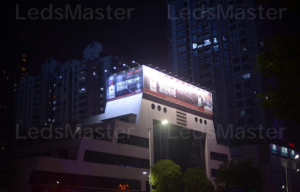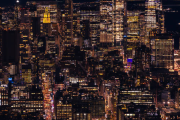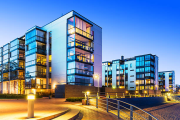Illumination Generation
Some people often ask some questions, and these questions are generally related to some lighting calculations. One asked is that a billboard wants to be changed to LED lights, 1.5 meters wide and 3 meters long, how many light tubes are reasonable? Another asked, how many LED tubes should be installed in a new house with 1320 sq ft? Another said that he is used for commercial lighting. In the XX building in NY, it is about 2200 ft high. How many LED fluorescent lamps are needed to ensure that it meets federal standards?
Billboards are used for different purposes, there is no standard, a higher brightness would be better. If it is close to the highway, it must be seen by people driving on the highway, and it must be extraordinarily clear before others will pay attention. The brightness is enough to allow customers to see clearly, remember you! As for the other two questions, the federation has clearly stipulated how much to achieve, and there are formulas to calculate!
Calculation Method of Illuminance
There are two types of illuminance calculation: rough calculation and accurate calculation.
For example, suppose that the overall illuminance should be 100 lux (lx) like a house, and even 90 lux (lx) will not have a big impact on life.
However, if it is road lighting, the situation is different. Assuming that the road surface illumination must be 20 lux (lx), if it is 18 lux (lx), it may cause frequent traffic accidents.
The same is true for stores, for example, the overall optimal illuminance of the store is 500 lux (lx). If the illuminance of 600 lux (lx) is used, the number of lighting fixtures and electricity will increase, which will have an economic impact.
No matter which kind of illuminance calculation is, it is important. Although it is only a rough estimate, there will be an error of 20%-30%. Therefore, it is recommended that, in general, it is best to use professional lighting design software to perform accurate simulation calculations to control the error within the minimum range.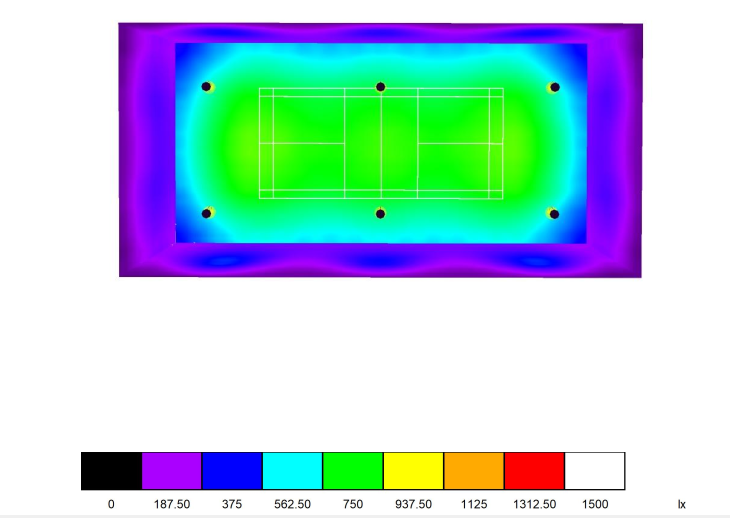
Rough calculation:
Roughly estimate the luminaire: illuminance (lux lx) = luminous flux (lumen lm) / area (sq ft) that is, the average illuminance of 1 lux (lx) is the brightness of 1 lumens (lm) illuminating the area of 1sq ft.
When using this method to calculate the average illuminance of the floor surface of the room, in the case of the overall lighting fixture, the following formula can be used to calculate.
Average illuminance (Eav) = single luminaire luminous flux Φ × number of luminaires (N) × space utilization factor (CU) × maintenance factor (K) ÷ floor area (length × width).
Formula description:
1) The luminous flux of a single lamp Φ refers to the total luminous flux value of the naked light source contained in the lamp.
2) Space utilization factor (CU) refers to how much of the light beam emitted from the lighting fixture reaches the floor and work surface. Therefore, depending on the design of the lighting fixture, the installation height, the size of the room and the reflectivity, the lighting rate also changes.
If the commonly used lamp panel is used in a space about 3 meters high, the utilization factor CU can be between 0.6 and 0.75. When the aluminum cover of the hanging lamp is 6-10 meters in height, its utilization factor CU ranges from 0.7 to 0.45. Downlight lamps are used in a space of about 3 meters, and the utilization coefficient CU can be 0.4-0.55. When lamps like light belt brackets are used in a space of about 4 meters, the utilization coefficient CU can be 0.3-0.5.
The above data are empirical values and can only be used for rough estimation. If you want to accurately calculate the specific value, you need to provide the relevant parameters in writing by a professional lighting design company. This is for reference only.
3) Maintenance factor K
It means that with the aging of the lighting fixture, the light output capacity of the lamp decreases and the use time of the light source increases, and the light source decays. Or due to the accumulation of dust in the room, the space reflection efficiency is reduced, and the illuminance is reduced and multiplied by the coefficient. Generally clean places, such as living rooms, bedrooms, offices, classrooms, reading rooms, hospitals, high-end brand stores, art galleries, museums, etc. The maintenance coefficient K is taken as 0.8. The maintenance coefficient K of general stores, supermarkets, business halls, theaters, mechanical processing workshops, stations and other places is taken as 0.7. On the other hand, the maintenance coefficient K of places with larger pollution index can be taken as about 0.6.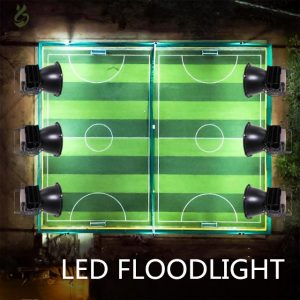
In order for everyone to understand the above calculation formula more clearly, here is an actual engineering case of our company:
Case: A machining workshop in Buffalo has a length of 194 ft, a width of 60 ft, and a height of 27 ft. It is rectangular. The staff work surface is 2.7ft.
The ceiling is mixed with cement-soil structure, and the walls are painted white. After comprehensive consideration of all aspects, it is recommended to use our ARE-100-170 (100W, 170lm/W) with 250W metal halide light source as lighting. After referring to the “Architectural Lighting Standard Manual”, 400Lx illuminance can meet the lighting requirements of the workshop. How many sets of lights are needed?
Solution: According to the indoor calculation formula:
EAV=( Φ × N × CU × K) / (A×B) Check the data to get the parameters:
(1) The total luminous flux of 250W single-ended powder coated metal halide light source is: Φ = 18500,
(2) CU = 0.65, K = 0.7
Substituting the above parameters into the formula: N = 49 (sets)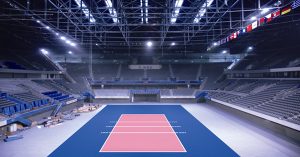
Corresponding illuminance value in different places
|
Places |
Corresponding illuminance value |
|
Living room |
100 |
|
Bedroom |
75 |
|
Restaurant |
150 |
|
Kitchen |
100 |
|
Bathroom |
100 |
|
General office |
300 |
|
High-end office, design room |
500 |
|
Meeting room |
300 |
|
Business hall |
300 |
|
Document sorting, issuance, copying room |
300 |
|
Archives |
200 |
|
General store business hall |
300 |
|
High-end commercial business hall |
500 |
|
General supermarket business hall |
300 |
|
High-end supermarket business hall |
500 |
|
Restaurant |
200 |
|
Multi-function hall |
300 |
|
Guest Room Floor Corridor |
50 |
|
Foyer |
300 |
|
Treatment room |
300 |
|
Laboratory |
500 |
|
Operating room |
750 |
|
Waiting room, registration room |
200 |
|
Ward |
100 |
|
Nurses Station |
300 |
|
Pharmacy |
500 |
|
Intensive Care Unit |
300 |
|
Classroom, reading room |
300 |
|
Laboratory |
300 |
|
Art classroom |
500 |
|
Multimedia classroom |
300 |

